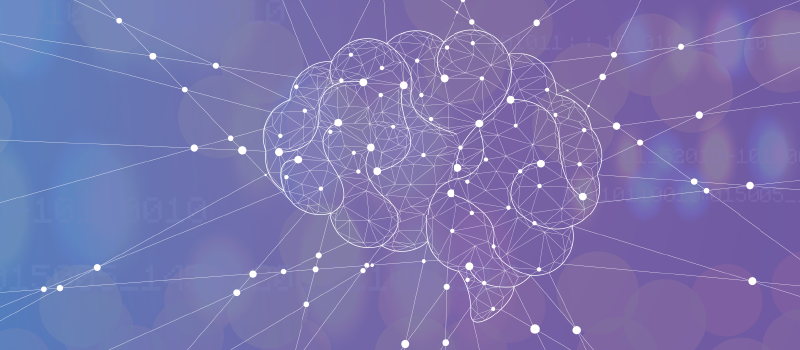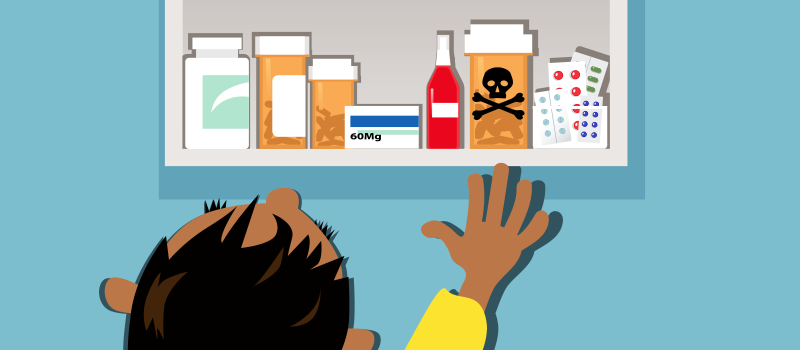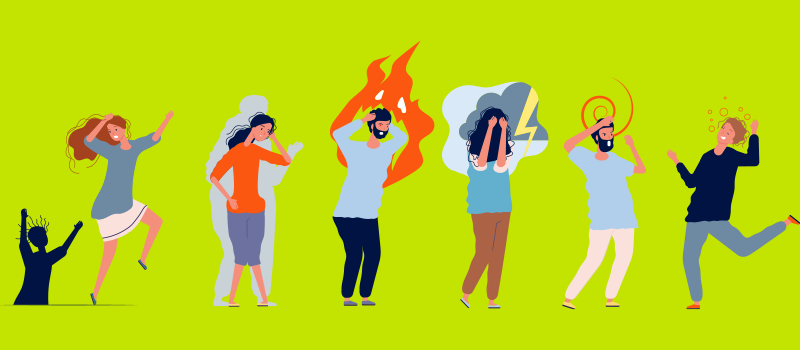What’s the Buzz
The Bee Healthy Blog
Pregabalin vs Gabapentin: What’s the Difference?

Pregabalin and gabapentin are antiepileptic drugs that are commonly prescribed to treat nerve pain. There are many similarities between the two, even in their generic names. However, pregabalin and gabapentin are two different medications and are not interchangeable. Please continue reading to learn about the differences between pregabalin (Lyrica) vs gabapentin (Neurontin).
What is gabapentin best for?
The generic drug gabapentin is available under the brand names Neurontin, Gralise, and Horizant. Gabapentin was FDA-approved in 1993 as an adjunctive therapy for partial-onset seizures. It was then later approved to be used as pain relief from postherpetic neuralgia, which is neuropathic pain or nerve pain after an outbreak of herpes zoster infection or shingles.
The brand name drug Horizant, containing gabapentin enacarbil, is approved to treat moderate to severe restless legs syndrome and also postherpetic neuralgia.
In addition, gabapentin is used off-label to treat conditions such as diabetic peripheral neuropathy, chronic neuropathic pain, drug and alcohol withdrawal seizures, premenstrual syndrome, bipolar disorder, post-traumatic stress disorder (PTSD), and various anxiety disorders. There is no doubt about gabapentin’s place in seizure treatment and pain management; however, gabapentin’s mechanism of action is not fully understood. And though gabapentin is frequently used to treat anxiety, there are no randomized, controlled trials evaluating the efficacy of gabapentin in generalized anxiety disorder (GAD).
What is pregabalin best for?
The generic drug pregabalin is available under the brand names Lyrica and Lyrica CR. It was FDA-approved in 2004 to treat partial-onset seizures. Pregabalin is also approved for pain control in people with postherpetic neuralgia after a shingles outbreak, peripheral neuropathic pain, which is the most common form of diabetic neuropathy, neuropathic pain related to spinal cord injury, and fibromyalgia.
Pregabalin is approved by the European Medicines Agency to treat generalized anxiety disorder (GAD). However, it is not FDA-approved for this indication. Nonetheless, pregabalin is used off-label in the US to treat various anxiety disorders such as generalized anxiety disorder, social anxiety disorder, panic disorder, and obsessive-compulsive disorder (OCD).
What are the similarities between pregabalin and gabapentin?
Both pregabalin and gabapentin are prescription medications approved to treat seizures and neuropathic pain (postherpetic neuralgia after a shingles outbreak). These antiepileptic medications are structurally similar to the brain chemical GABA (gamma- aminobutyric acid). They also have nearly identical pharmacokinetic properties. Both Lyrica and gabapentin work by binding to voltage-gated calcium channels in nerve cells in the central nervous system.
Other similarities between pregabalin and gabapentin include:
- Both drugs undergo renal excretion, i.e., they are removed from the body by the kidneys.
- The half-life of both medicines is around 6 hours. This means it takes approximately 6 hours for the concentration of the drug to be reduced to half of the original amount.
- They are typically dosed 2-3 times a day, unlike Gralise, which is a once-a-day dosing medication.
- Both medicines have similar drug interactions, including with antihistamines, antidepressants, medications prescribed for mental illnesses and seizure control, opioid pain medications, sleeping pills, sedatives, and tranquilizers.
- Both gabapentin and pregabalin cause similar adverse effects, such as dizziness, drowsiness, somnolence, blurred vision, dry mouth, nausea, and vomiting.
- Rarely, these two medications can cause serious adverse events, including allergic reactions with skin rash, hives, itching, swelling of the face, tongue, and lips, and difficulty breathing or swallowing.
- Neurontin (gabapentin) & Lyrica (pregabalin) can both increase the risk of suicidal ideation.
- Abrupt discontinuation of both Lyrica and gabapentin can cause withdrawal symptoms.
What is the difference between gabapentin and pregabalin?
Pregabalin and gabapentin differ in the following ways:
- Pregabalin is available as a capsule, oral solution, and extended-release tablet. Gabapentin is available as a capsule, oral solution, tablet, and extended-release tablet.
- Pregabalin is a Schedule V federally controlled substance, while gabapentin is a controlled substance only in certain states.
- Gabapentin therapy is FDA-approved for partial onset seizures and painful neuropathy after a shingles attack. The Horizont brand name of gabapentin is approved for restless leg syndrome.
- Pregabalin is FDA-approved to treat neuropathic pain after shingles, partial seizures, diabetic neuropathy, neuropathic pain from spinal cord injury, and fibromyalgia. Note that most of these FDA-approved indications of pregabalin are off-label uses of gabapentin.
- The most common side effects of Lyrica include headache, dry mouth, blurred vision, constipation, peripheral edema, weight gain, and indigestion.
- The most common side effects of gabapentin are drowsiness, dizziness, shaking, diarrhea, and weakness.
- Pregabalin is absorbed more quickly and starts working faster than gabapentin.
- Lyrica (pregabalin) has been linked to serious adverse effects such as rhabdomyolysis (fever, muscle pain, tenderness, soreness, and weakness), while gabapentin has not.
- Even though gabapentin is not a controlled substance, there is a review of cases of gabapentin abuse where gabapentin was misused to get the euphoria, help with opioid withdrawal symptoms, or to increase methadone’s effects.
Which is better for nerve pain - pregabalin (Lyrica) vs gabapentin (Neurontin)?
A cohort study investigates the outcomes of substituting gabapentin with pregabalin for patients with peripheral nephropathy. The study found that participants had additional relief in pain scores of approximately 25% at 6 or 12 months after switching to pregabalin from gabapentin. This result includes both participants who responded to gabapentin initially and those who didn’t.
Generally speaking, both Lyrica (pregabalin) and Neurontin (gabapentin) are effective in treating nerve pain. A systematic review of clinical trials (controlled trials) does not show a significant difference between them. One might work better for you than the other. You may have fewer adverse events on one of these medications. Other factors, such as cost or insurance coverage, might affect the choice of medication. Your doctor will help you choose the best medicine for your condition.
Can you switch from pregabalin to gabapentin?
Yes, you can switch from pregabalin to gabapentin. However, you should not do this without the supervision and guidance of a healthcare provider. Keep in mind that these two medications are not interchangeable.
There is no direct dose conversion between the starting dose or maximum dose of gabapentin and pregabalin. So, for example, if you are on 50 mg of pregabalin, only a healthcare professional can tell you the equivalent gabapentin dose.
Also, make sure you talk to your doctor before stopping either of these antiepileptic drugs. Stopping these medications suddenly can cause serious withdrawal symptoms. Your provider will tell you how to slowly stop taking one drug and start taking the other drug while switching medications between gabapentin and pregabalin.
References:
- https://medlineplus.gov/druginfo/meds/a694007.html
- https://medlineplus.gov/druginfo/meds/a605045.html
- https://accp1.onlinelibrary.wiley.com/doi/full/10.1002/cpdd.446
- https://www.deadiversion.usdoj.gov/schedules/orangebook/c_cs_alpha.pdf
- https://pubmed.ncbi.nlm.nih.gov/20113408/
- https://www.ncbi.nlm.nih.gov/pmc/articles/PMC6944364/












SOCIAL